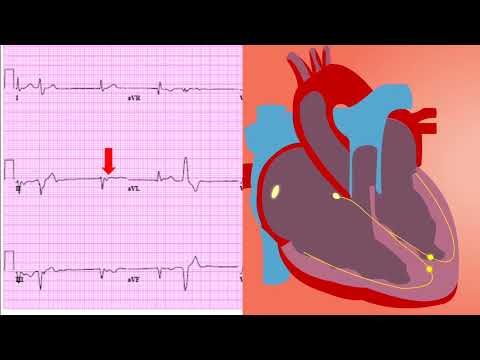🎬 Video Summary
This video delves into the fascinating world of adrenaline addiction, exploring the physiological and psychological aspects of the “adrenaline rush.” Understand the science behind why some individuals seek out thrilling experiences and the potential consequences of adrenaline-seeking behavior. Learn more about adrenaline and its impact on the body.
🧠Teaching Pearls
- Learn about the neurochemical processes involved in adrenaline production and release.
- Understand the difference between healthy thrill-seeking and problematic adrenaline addiction.
- Explore the potential risks and negative consequences associated with chronic adrenaline seeking.
- Discover the psychological factors that contribute to adrenaline addiction.
- Find resources for further learning about managing adrenaline-seeking tendencies.
❓ Frequently Asked Questions
Q: What does an adrenaline rush feel like?
A: An adrenaline rush typically involves a surge of energy, increased heart rate, heightened senses, and a feeling of exhilaration or euphoria.
Q: Can you become addicted to adrenaline?
A: While not a formal addiction in the same way as substance addiction, individuals can develop a behavioral addiction to the sensations and experiences associated with adrenaline release.
Q: Is adrenaline good or bad for you?
A: Adrenaline plays a vital role in the body’s stress response and can be beneficial in short bursts. However, chronic high levels of adrenaline can have negative health consequences.
Q: What are the symptoms of adrenaline addiction?
A: Symptoms can include constantly seeking out thrilling or dangerous activities, experiencing withdrawal-like symptoms when unable to engage in such activities, and neglecting responsibilities in favor of adrenaline-inducing experiences.
Q: How can I manage my adrenaline seeking behavior?
A: Strategies include identifying triggers, finding alternative healthy outlets for excitement, and seeking professional help if the behavior is causing significant problems.
Q: What are the long-term effects of excessive adrenaline?
A: Long-term effects can include increased risk of cardiovascular problems, anxiety, and other health issues due to the constant strain on the body.
🧠 Key Takeaways
- 💡 Adrenaline addiction is a behavioral pattern linked to the rewarding sensations of adrenaline release.
- 💡 Understanding the neurochemistry and psychology of adrenaline can help in recognizing and managing related behaviors.
- 💡 Chronic adrenaline seeking can have detrimental effects on both physical and mental health.
- 💡 Healthy alternatives and professional help can aid in managing adrenaline-seeking tendencies.
- 💡 Recognize the signs of an unhealthy obsession with adrenaline rushes and seek appropriate support.
🔍 SEO Keywords
adrenaline addiction, adrenaline rush, thrill seeking, behavioral addiction, epinephrine, stress response, dopamine, adrenaline tolerance.
“`

